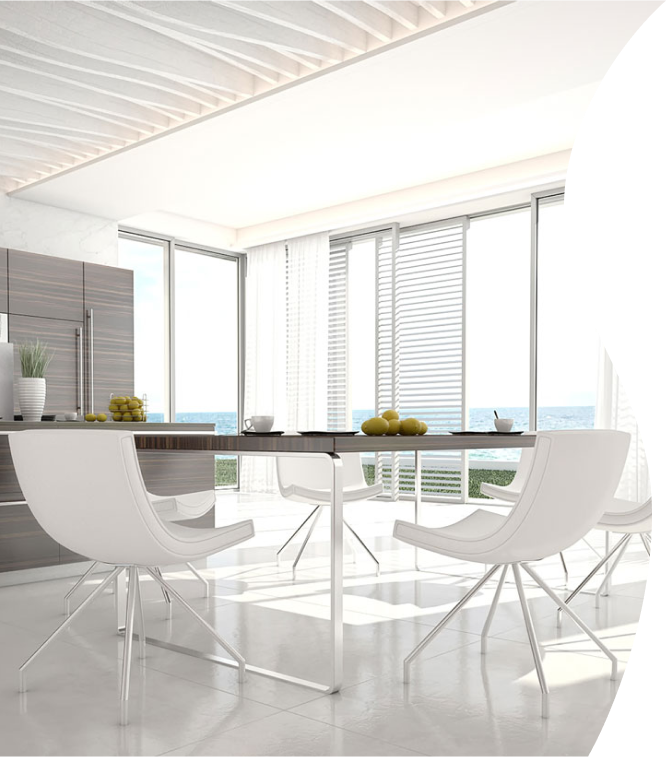Choosing a screed that is right for your specific needs can be difficult as there are many options available (which can often lead to confusion).
Liquid Screed Vs Sand Cement
Traditional screeds are largely made from sand and cement and is generally the most sought after and used screed in the market due to its availability and low cost.
Flowing screeds contain calcium sulphate and aggregates instead of a cement-based binder. The advantages it has over traditional screed is its higher performance with speed and ease of application.
Cemfloor is based on cement instead of Gypsum. Cemfloor is similar in application to flowing screeds and contains all the same benefits. The main advantages it does have over flowing screeds is the quicker drying time. It also eliminates any risk of incompatibility with cement-based adhesives and levellers and no special preparations are needed before hand.
In order to make the right choice for your project, here are a few factors to consider:
Purpose Of Build
Are you undertaking a domestic or a commercial build? If it’s a commercial build, what will be the purpose of the building? This in itself will help you determine the type and strength of screed that best fits your needs.
Bonded screeds: This is a screed which is fully bonded to a substrate such as a concrete slab. This is often used when a thinner screed is needed and heavier loading is expected. The minimum thickness of a bonded screed is usually 25mm. Cemfloor should also normally be bonded at a minimum of 25mm
Unbonded screeds: This is a screed that is not bonded to its substrate. These are often applied to older concrete sub bases where a damp-proof membrane is needed between the substrate and the screed. Generally, the thickness of an unbonded screed will be greater than that necessary for a bonded screed using the same screed material. The minimum thickness of an unbonded traditional screed will usually be around 50mm. An unbonded Cemfloor Screed would usually require a minimum of 30mm thickness.
Floating screed: This is where the screed is overlaid on something that is compressible and not rigid. This is being used by builders to ensure the building is more energy efficient and to meet specific acoustic standards. Traditional screeds, when floating, must be a minimum of 75mm thick for commercial projects and may be reduced to 65mm for domestic only situations. A floating Cemfloor screed would need to be minimum 35mm thick for a domestic application and 40mm thick for a commercial application.
Time
Time is a key factor to be considered when choosing the right screed. The first question to ask yourself is do I need the floor laid quickly and how quickly will it hold up against footfall. Different types and thicknesses of screed all take various times to dry, so it’s important you choose a screed that suits your project timeline! If your project is extremely time sensitive then a liquid screed such a Cemfloor is a perfect option due to its’ quick drying times which allows foot traffic after 24 hours.
Durability
Having to change the flooring in any domestic or commercial property is a costly investment and something you would not like to be doing too often. The level of foot traffic you are expecting should be a key consideration before making your choice. For example, a domestic project would have considerably less traffic than a commercial project. Similarly, commercial projects such as warehouses or factories would have heavier traffic due to the use of machinery than say, your standard office floor. It is imperative to consider the durability early on, as a more expensive option may be required initially but it will be worth the investment and save you having to potentially repeat the process down the line.
Is Underfloor Heating A Factor?
Underfloor Heating has grown in popularity in recent years and is an important consideration when determining what type of screed you use. If this is a requirement for your build then a liquid screed option is definitely the way to go as heat output is enhanced due to the reduced depth of screed installed and the higher thermal conductivity. Flowing liquid screeds fully encapsulate the heating pipes leaving almost no air voids around the pipes and throughout the screed. Minimum depth of screed required above the heating pipes is 25mm.
If you wish to learn more about Cemfloor, talk to us today on +353 94 9553900 if calling from Ireland or 01415 307 587 if calling from the UK

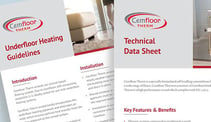
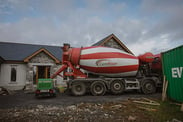
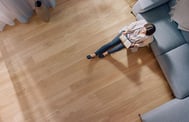
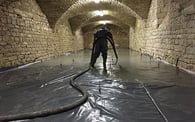

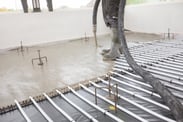
.png?width=300&height=122&name=Untitled%20design%20(34).png)
